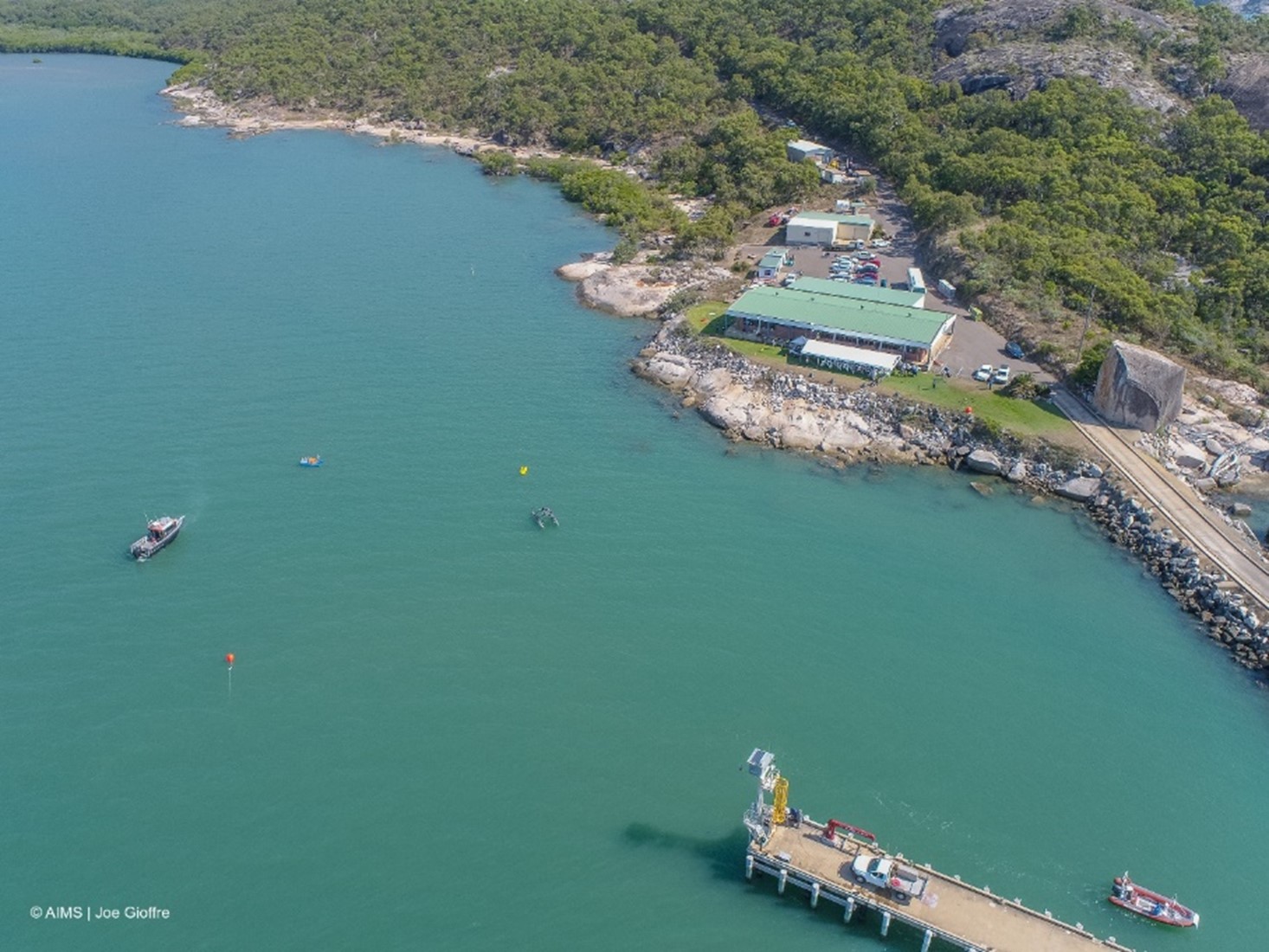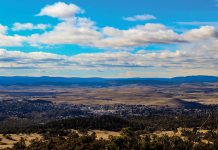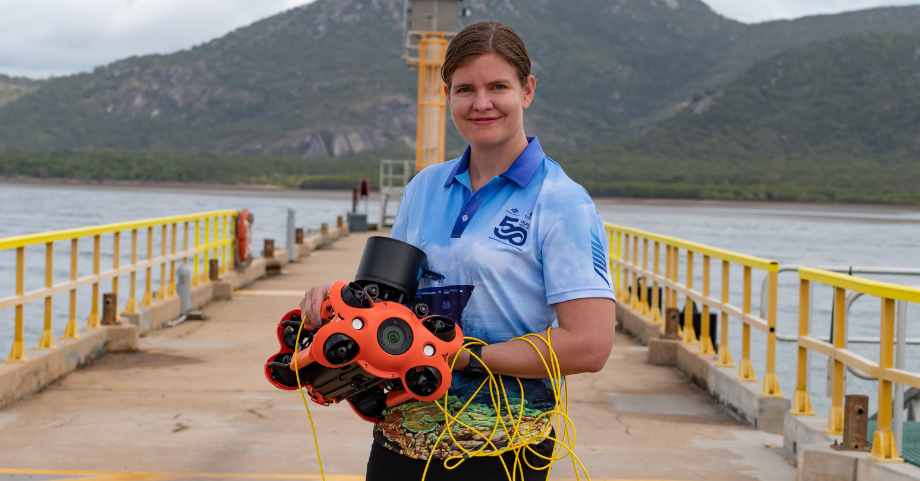
When Melanie Olsen was just a kid growing up on a farm, she couldn’t have dreamt she’d go on to work with drones in autonomous marine systems. After a childhood of building and flying remote-controlled planes, a school visit from a James Cook University lecturer with his multi-copter inspired her to pursue a career in drone technology and engineering.
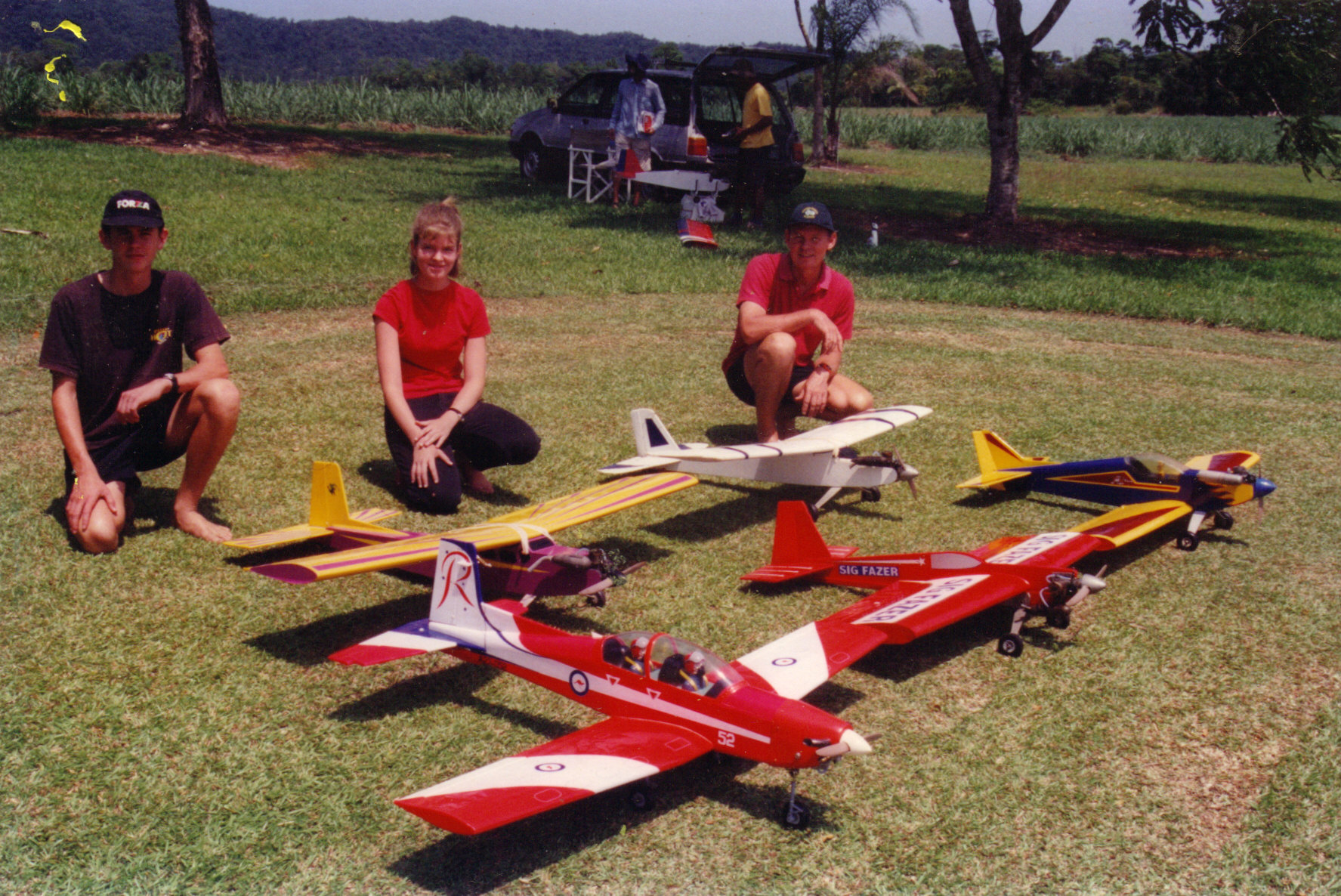
Today, Melanie leads the ReefWorks marine technology test range and development at the Australian Institute of Marine Science (AIMS). Her work involves using drones to gather marine environmental data and monitor infrastructure, as well as large-scale testing of autonomous drone capabilities.
The ReefWorks team uses aerial drones and underwater drones to capture high-resolution data on coral reefs and other ecosystems. They have also collaborated with the Queensland University of Technology to develop an autonomous underwater vehicle, aptly coined ‘the Coral AUV’.
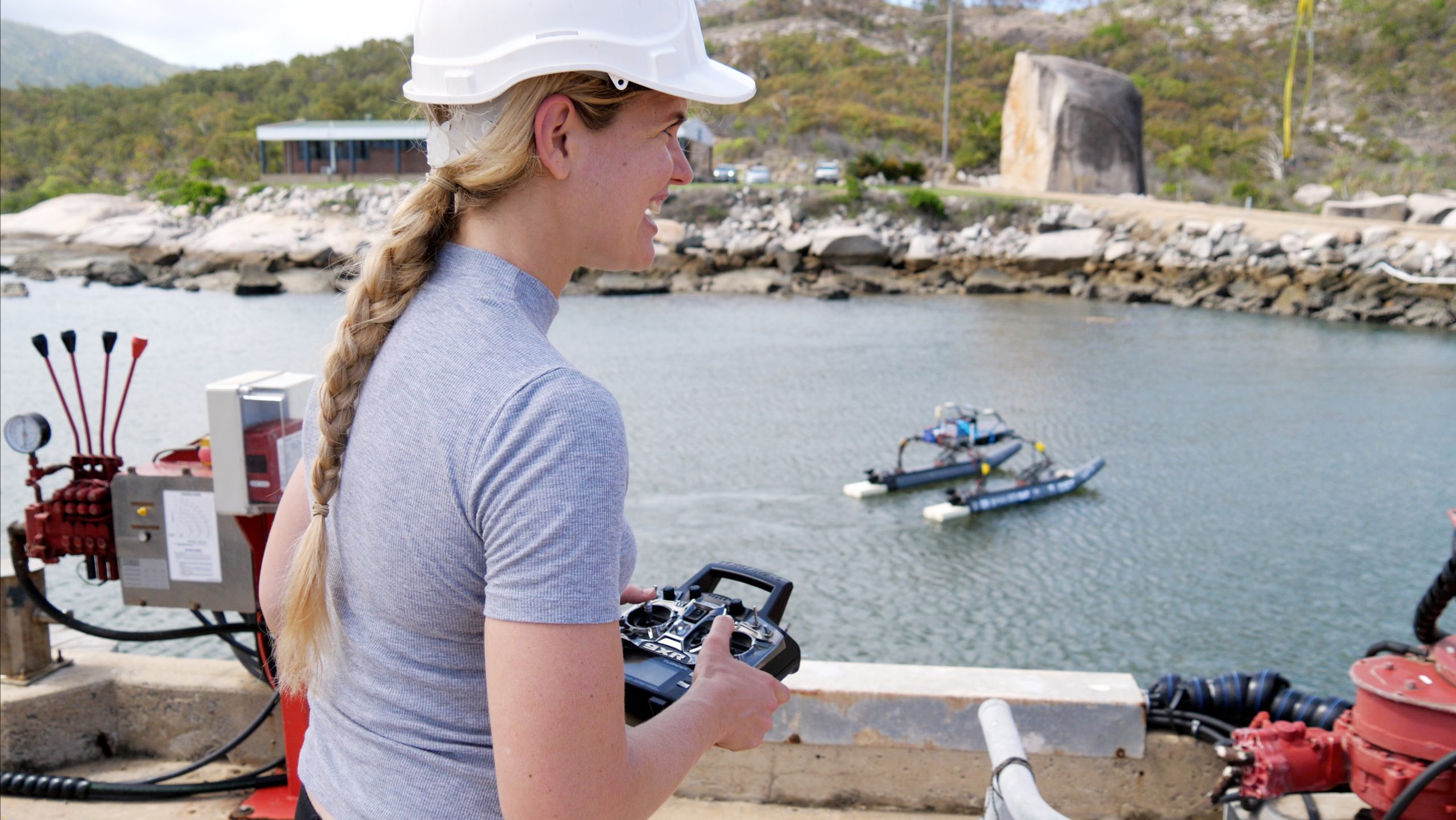
In the skies, Melanie’s fleet of drones is equipped with high-resolution cameras for collecting coral reef imagery and checking for crocodiles when divers are undertaking missions in infested waters. Some drones also have thermal cameras, used to monitor pest species like the crown-of-thorns starfish or inspect infrastructure.
‘While the underwater drones are busy gathering data during a mission, the aerial drones watch from above to support and monitor the operation,’ Melanie says.
She highlights the critical role these aerial drones play in safety and efficiency.
‘When you have tech in the sea, particularly multiple uncrewed vessels, it can be difficult to quickly gain situational awareness when issues occur,’ Melanie explains. ‘Aerial drones provide vital support; they beam live video straight to the control room to assist with a rapid response to any issues.’
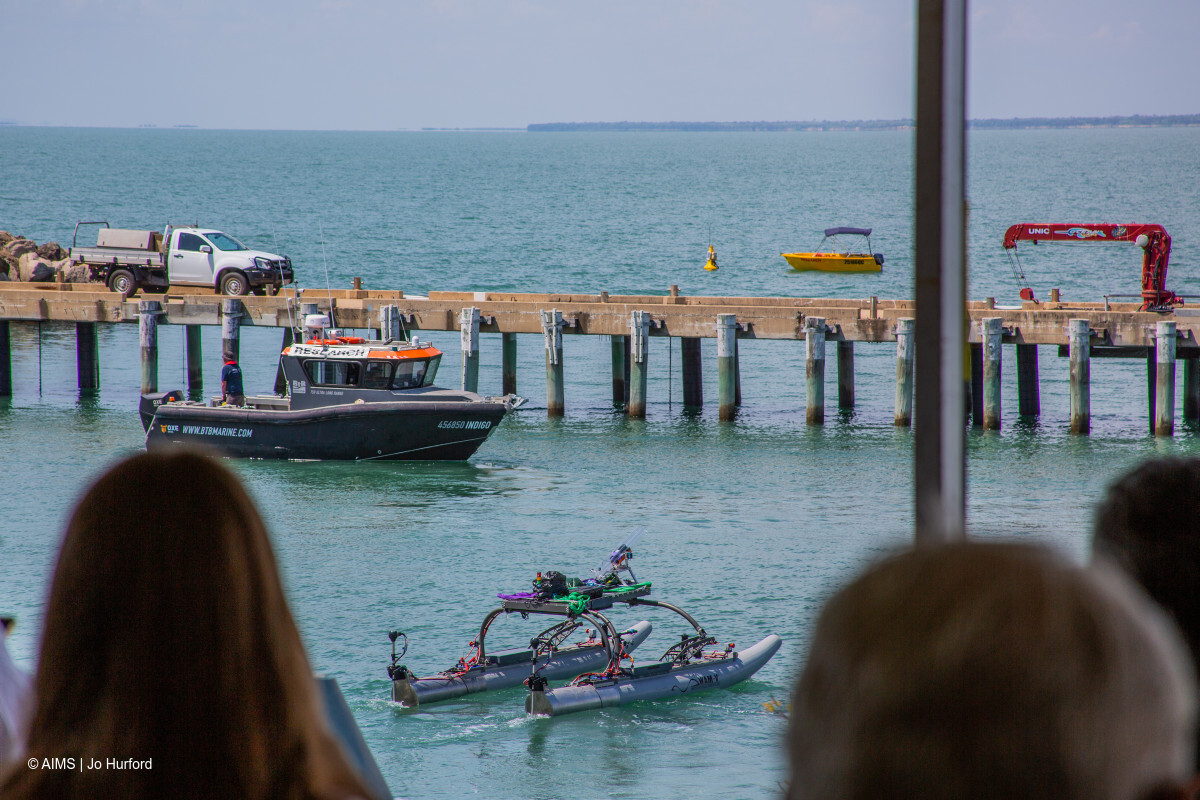
The information the drones collect includes coral, seagrass, fish and mammal health imagery and sensed environmental data. They also measure ocean parameters such as waves, currents, temperature and salinity.
‘The tropical marine environment is a biodiverse ecosystem, which means we need high quality and different methods of collecting data.’
In contrast to human-based dive methods, drones can provide more data over a larger geographical area. Drones can also operate in deeper, darker and predator-infested waters that are unsafe for divers. They can be fitted with fully integrated oceanographic and imagery sensors.
The data they collect enables researchers to inform decision-makers in combating climate change impacts on marine environments.
Ensuring safety on missions is a top priority for Melanie. Following the drone safety rules, conducting regular briefings and continually refreshing safety risk assessments keep her and her team members safe.
AIMS aerial drone operators all hold a remote pilot licence (RePL) and complete additional in-house training to ensure safe operation of drones from moving vessels.
As well as Melanie’s CASA-issued RePL, she holds a boat licence and marine radio licence and has completed an autonomous marine systems fundamentals course. Using these certifications, she can ensure marine drone operations are conducted safely at sea. She also applies for and holds environmental permits and permissions needed to conduct her work, especially in the Great Barrier Reef.
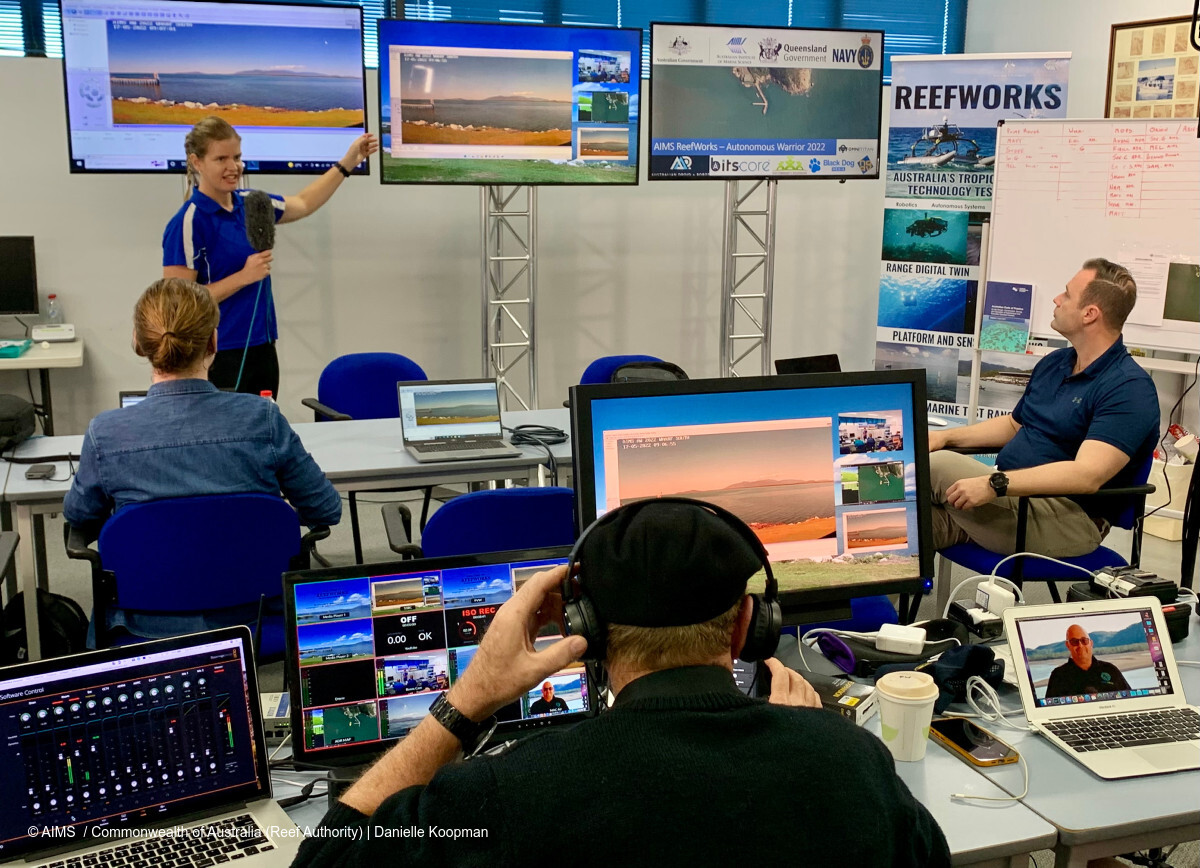
‘Many drone flyers aren’t aware that flying in national parks, including marine parks, requires permits,’ she says. ‘Additionally, there are individual state rules around how close people and drones can get to wildlife such as whales and turtles.’
Melanie’s number one safety tip is to talk about safety with other drone operators, so it is always front of mind.
‘Share your learnings and knowledge with your peers, CASA, the drone manager, or area manager where applicable. Community forums like Australian Association for Uncrewed Systems can be a great place to share knowledge with like-minded people.
‘I also want to highlight the importance of checking the rules stipulated by marine parks around drone flying in your state, and checking the location you intend to fly on a CASA-verified drone safety app. Just like all drone flyers, when we operate, we need to make sure we meet all the permit requirements.’
